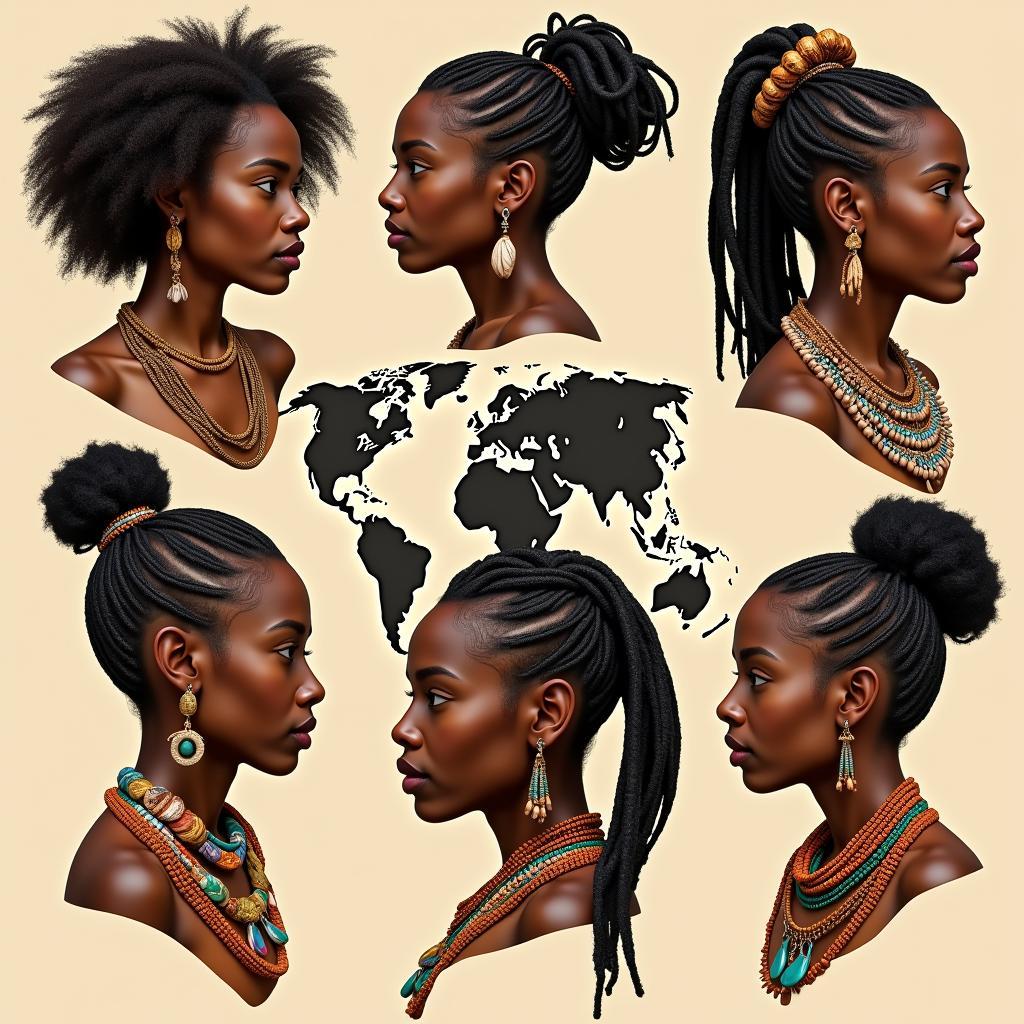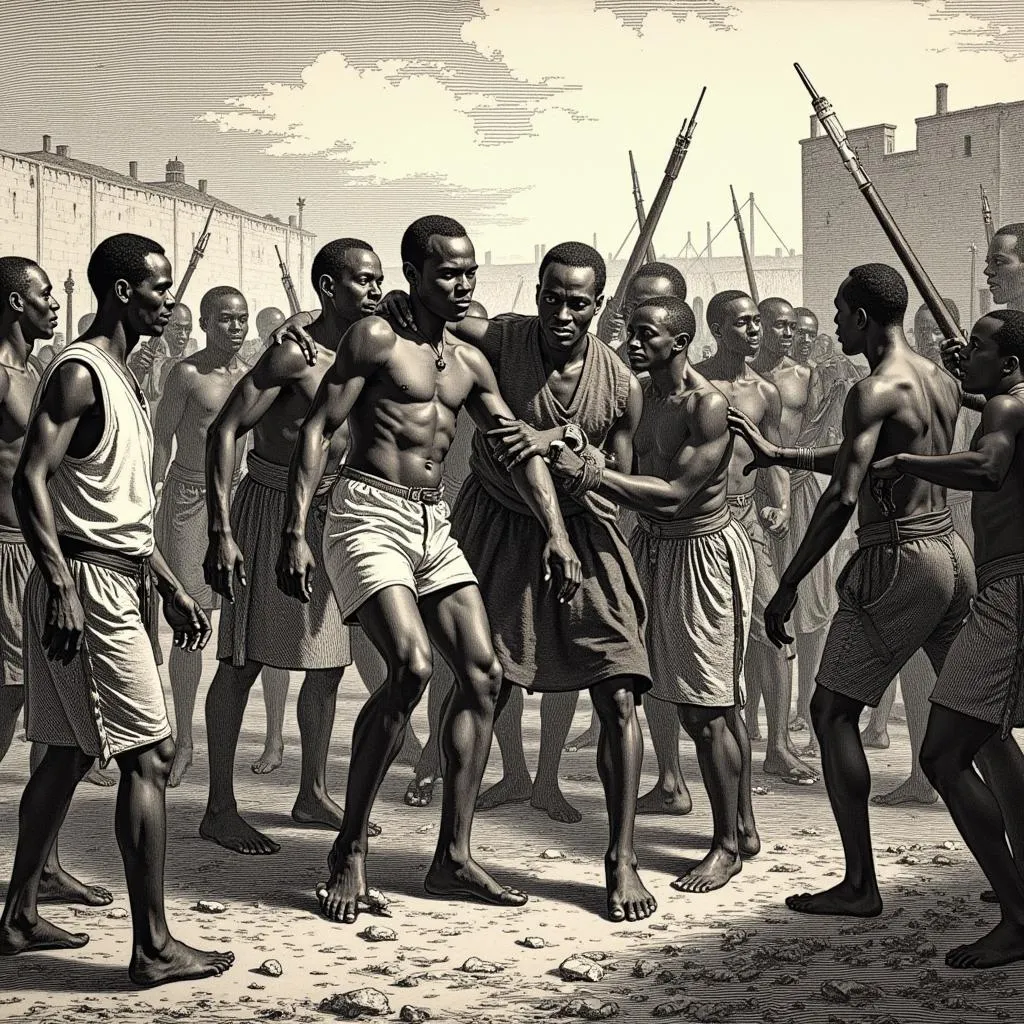The African Zebra: Stripes of Wonder on the Savanna
The African Zebra, a captivating symbol of the African savanna, is instantly recognizable by its unique black and white stripes. But these striking patterns are more than just a beautiful sight – they offer a fascinating glimpse into the world of this remarkable creature. From their social behavior and adaptations to the ongoing debate about the purpose of their stripes, the African zebra is a testament to the wonders of natural selection and the intricate web of life on the African plains.
A Closer Look at the Striped Wonder
Standing at an average height of 1.3 meters at the shoulder and weighing between 240 to 450 kilograms, the African zebra is a robust member of the horse family. Their sturdy build, topped with a flowing mane and tail, adds to their undeniable charisma. But it’s the zebra’s stripes that truly set them apart. Each zebra possesses a unique stripe pattern, much like human fingerprints, which helps individuals recognize each other.
Unraveling the Mystery of the Stripes
The function of the zebra’s stripes has been a source of debate among scientists for decades. Some theories suggest that the stripes act as camouflage, breaking up the zebra’s outline in tall grass and confusing predators. Others propose that the stripes help regulate body temperature, with the black stripes absorbing heat and the white stripes reflecting it.
“Recent research points towards the stripes’ role in deterring biting flies,” explains Dr. Emily Carter, a wildlife biologist specializing in African mammals. “The contrasting pattern disrupts the flies’ vision, making it difficult for them to land and bite.”
Social Bonds and Survival Tactics
African zebras are highly social animals, living in herds led by a dominant stallion and comprising several mares and their foals. This herd structure provides safety in numbers, with multiple eyes and ears alert for predators like lions, leopards, and hyenas. When threatened, zebras use their powerful kicks and sharp teeth to defend themselves.
The stripes also play a crucial role in social interactions. By recognizing each other’s unique patterns, zebras can strengthen their social bonds and maintain order within the herd.
The African Zebra: An Integral Part of the Ecosystem
As grazers, African zebras play a vital role in maintaining the balance of the savanna ecosystem. Their grazing habits help control grass growth, which in turn, influences the availability of food and habitat for other herbivores.
Unfortunately, despite their ecological importance, African zebra populations face threats from habitat loss, hunting, and competition with livestock. Conservation efforts are crucial to ensure the survival of these captivating creatures for generations to come.
FAQs about African Zebras
Q: Are all zebras striped?
A: Yes, all zebra species have stripes, although the pattern and intensity can vary.
Q: Can zebras interbreed with horses?
A: While zebras and horses can mate and produce offspring called “zebroids,” these hybrids are typically infertile.
Q: What is the lifespan of an African zebra?
A: In the wild, African zebras can live for 20-30 years.
Q: What do African zebras eat?
A: African zebras are herbivores, primarily feeding on grasses.
Q: Where can I see African zebras in the wild?
A: African zebras are found in various countries across sub-Saharan Africa, including Tanzania, Kenya, and Botswana. For budget-conscious travelers, African budget safaris in Kruger offer a fantastic opportunity to witness these magnificent creatures in their natural habitat.
Conclusion
The African zebra, with its iconic stripes and captivating presence, embodies the untamed beauty and ecological richness of the African savanna. From the ongoing mystery of their stripes to their complex social structures, these animals offer a glimpse into the fascinating world of evolution and adaptation.
Are you interested in learning more about the diverse wildlife of Africa? Discover the intriguing world of African jungle zebra in herds or delve into the thrilling dynamics of an African elephant attack on a lion. For those eager to embark on an African adventure, explore the possibilities of African budget safaris and get in touch for details.
Join us in celebrating the wonders of the African zebra and advocating for its conservation. For any inquiries or assistance, please don’t hesitate to contact us.
Contact Us:
Phone Number: +255768904061
Email: [email protected]
Address: Mbarali DC Mawindi, Kangaga, Tanzania.
We are available 24/7 to assist you.

